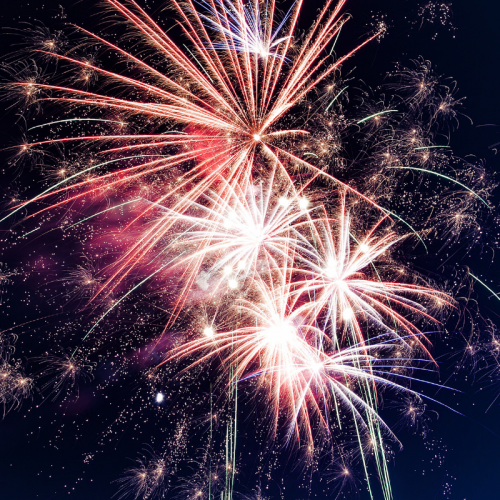California Counties Keep Fourth of July Festive and Safe During Wildfire Season
 As a child, I always looked forward to Fourth of July
celebrations. Not only did my family host 200 of our closest
friends for a potluck party on our five acre “truck farm” in New
York, but my four uncles by marriage provided an extensive
fireworks display. While fireworks have been a part of Fourth of
July celebrations from the very beginning– more on that later–
in many California Counties, the reality of wildfire season means
local ordinances, restrictions and adaptations to keep the Fourth
festive, safe and wildfire-free.
As a child, I always looked forward to Fourth of July
celebrations. Not only did my family host 200 of our closest
friends for a potluck party on our five acre “truck farm” in New
York, but my four uncles by marriage provided an extensive
fireworks display. While fireworks have been a part of Fourth of
July celebrations from the very beginning– more on that later–
in many California Counties, the reality of wildfire season means
local ordinances, restrictions and adaptations to keep the Fourth
festive, safe and wildfire-free.
Originally invented in medieval China around the early 9th century, fireworks were intended to scare away evil spirits. Colored fireworks were invented in Europe in the 1830s and modern skyrocket fireworks were invented in the early 20th century. However, you might be surprised to learn that fireworks on the Fourth of July predate the national anthem’s reference to “… the rocket’s red glare, the bombs bursting in air,” by nearly 40 years.
Before the Declaration of Independence was even signed, President John Adams envisioned fireworks as part of the Fourth of July festivities, with “Pomp and Parade,” and more. The first commemorative Independence Day fireworks were set off on July 4, 1777.
According to the California Fireworks Newsline, state-approved fireworks are permitted in 297 communities across 44 California counties. State-approved fireworks don’t explode, go up in the air or move about the ground uncontrollably. They consist of primarily static ground-based fountains, some handheld items, a few spinners and novelty items. Click here for full list 2019 state-approved fireworks, as well as CAL FIRE’s consumer fireworks safety page.
In the remaining counties and communities, personal fireworks and sparklers are illegal, with fines ranging from around $100 plus fees to the entire cost of fire suppression. However, not to dampen the celebration in areas where all fireworks and sparklers are banned, there are numerous professional fireworks displays for the public. For example, the Marin County Fair provides nightly fireworks shows from July 3-7 and the Riverside County Sheriff’s Office webpage provides links to public displays within and among area counties.
Later this year, the California State Fair, located in Sacramento County, will take fireworks safety one step further, replacing its regular fireworks display with a drone light show. This high-tech display is not only more environmentally friendly than traditional fireworks, but also more inclusive for individuals sensitive to loud explosions.
So, in honor of the Fourth of July holiday tomorrow, I hope you’ve enjoyed this overview of how fireworks became part of our celebration, and how to celebrate safely. Here’s to a safe and festive Fourth of July, “…o’er the land of the free and the home of the brave!”











































